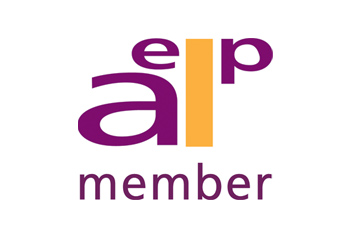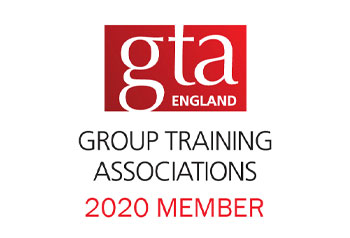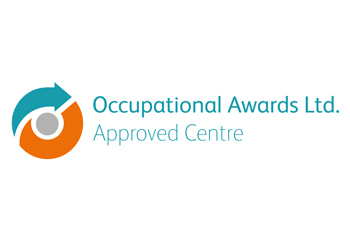How to Create a healthy working environment!! – An Avensure update
It is often said that your work force is your best asset – a healthy work place promotes a healthy workforce.

Environmental factors should be at the forefront of employee welfare. The key aspect within the Workplace Health Safety and Welfare Regulations 1992 that relates to a common place of work is that if you employ anyone (however short the period) you must, “so far as is reasonably practicable” provide adequate and appropriate welfare facilities to encourage a healthy workplace.
By law, employers have a duty of care to provide welfare facility arrangements necessary for the well-being of employees. If this is breached, the effects could be detrimental to both parties involved.
Employers must provide basic requirements such as sanitary conveniences, drinking water and a place to rest and eat meals. However, there are additional environmental necessities that may be overlooked by an employer and the beginning of summer is an ideal time to consider these.
We are of course thinking about temperature in the work place, the temperature should remain at a suitable and constant level. This can prove to be extremely difficult in multi occupancy offices with sealed windows and the sun beaming through.
A place of work must have a fresh source of clean air and to this end employers must ensure that any ventilation supply systems they use are three things:
- Regularly inspected.
- Well maintained.
- Capable of supplying and extracting air for the area.
This is particularly relevant where structural work has occurred or is being considered. A review of the ventilation system should be undertaken to ensure that the system can still work efficiently, as altering one part of the office may have an impact on everyone else.
Ventilation systems in offices tend to work in zones with some zones covering large areas of the office. As not all staff have the same needs for temperature, ensuring the system works correctly is essential to make your environment as comfortable as possible.
Employers must also give some thought to the working space of their employees. A work area should be free from obstructions, with enough space to move around and stretch. When approximating your need for office space, it’s important to remember that square metres/feet are not necessarily “square”. Some office spaces will have awkwardly shaped floorplans where a good proportion of the space is unusable as a desk area.
If your current headcount is nearing full occupancy levels and you know that you’re hiring, it’s important to know that the 11 cubic metres rule of thumb only really works for open plan offices. Especially when you’re expecting everyone to sit next to each other in quite close proximity. If this does not fit into the culture of your business, then it’s worth estimating around double per person to allow cubicle style or more isolated working.
As well as considering the floor, you should be looking at ceiling heights, especially in loft offices where the roof may be too low to accommodate desks.
You must also consider noise – this doesn’t just mean noise from equipment. It also can be noise from conversations, phones ringing and general office working. Noise levels can have a health impact on staff, contributing to stress and fatigue which may affect their ability to concentrate and focus on their work.
Consideration should be taken by employers to ensure that equipment can be moved around to suit the needs of staff. This additional flexibility can also help to reduce the chance of short-term and permanent hearing damage. Reviewing the layout and positioning of staff can help in reduction of office noise too.
Another area the employer needs to consider for a healthy workplace, is their Display Screen Equipment (DSE). Eye strain can lead to fatigue and headaches so employers must ensure the work station IT systems are set up correctly as part of a DSE assessment.
There may be parts of the office space that are extremely far from windows or natural light that might affect your staff morale. For many office workers, an excessive level of lighting could be a source of headaches, whilst low lighting can generate fatigue. A balance is difficult to achieve but lighting should be sufficient to enable people to work, use facilities and move from place to place safely without experiencing eye-strain.










